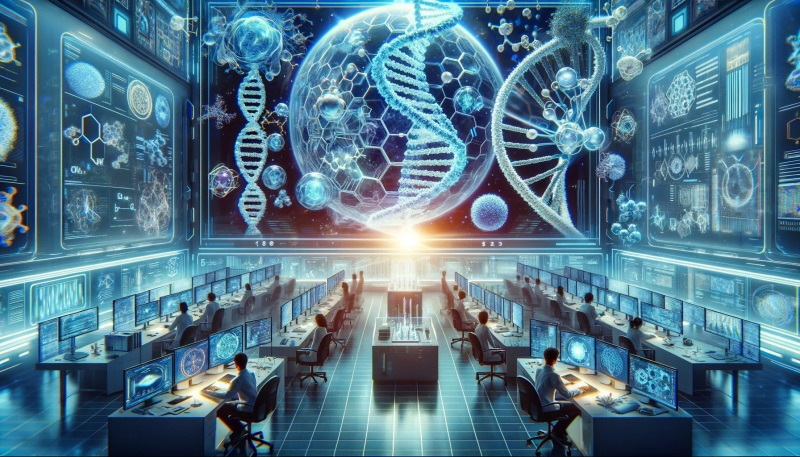AI Achieves Breakthrough in Biomolecule Design
A new study published in Science introduces a groundbreaking artificial intelligence system developed by a team led by Dr. David Baker at the University of Washington. This advanced AI, named RoseTTAFold All-Atom, can model and design biomolecules with atomic-level precision. Unlike previous technologies, RoseTTAFold All-Atom is capable of modeling not only proteins but also other crucial biomolecules such as DNA, RNA, and small molecules—including iron. This opens up new possibilities for drug development and innovative therapeutic approaches.
Expanding the Horizons of Molecular Engineering
The research demonstrates that RoseTTAFold All-Atom can create proteins that interact with medications, regulate heme levels—a molecule rich in iron and essential for oxygen transport in blood—and bilin, a chemical used by plants and bacteria to absorb light. These examples highlight just a fraction of the technology’s potential.
According to co-author Woody Ahern, the project aimed to develop an AI tool capable of generating more complex therapies and other useful molecules. The development builds on previous advances in artificial intelligence, including Google DeepMind’s AlphaFold and Baker Lab’s earlier RoseTTAFold, both of which revolutionized protein structure research.
New Possibilities for Medicine and Science
The new AI model can predict interactions between proteins and non-protein molecules and design entirely new proteins that can bind to small molecules without prior knowledge of their structure. This paves the way for creating novel therapeutic methods using complex biomolecular structures.
Dr. Baker emphasized the significance of this work, noting the potential for major progress in medicine, materials science, and other fields through the creation of biomolecules with unprecedented precision. The capabilities of this technology could dramatically accelerate the development of new drugs and therapies, opening new frontiers in biology and medicine.



